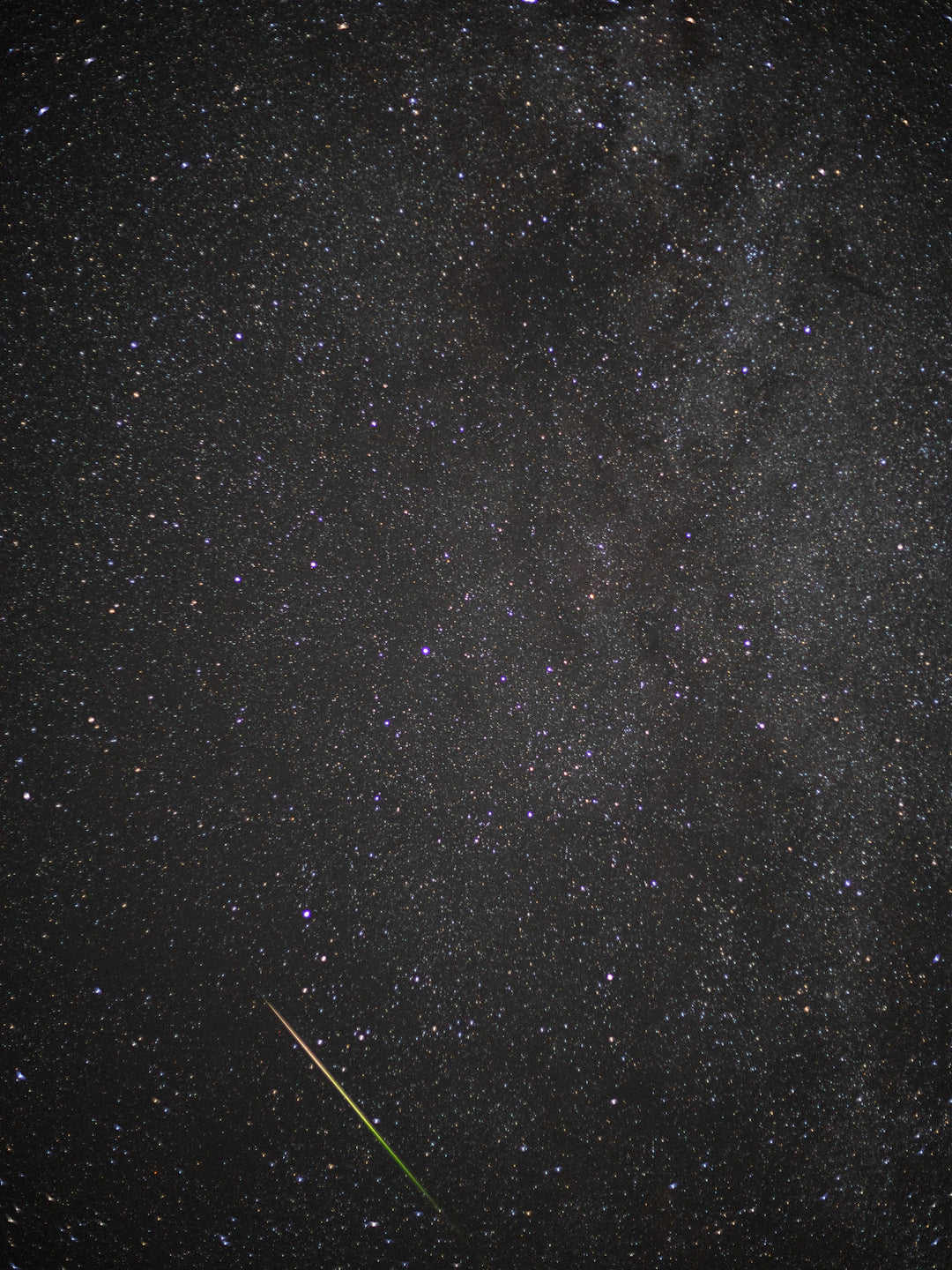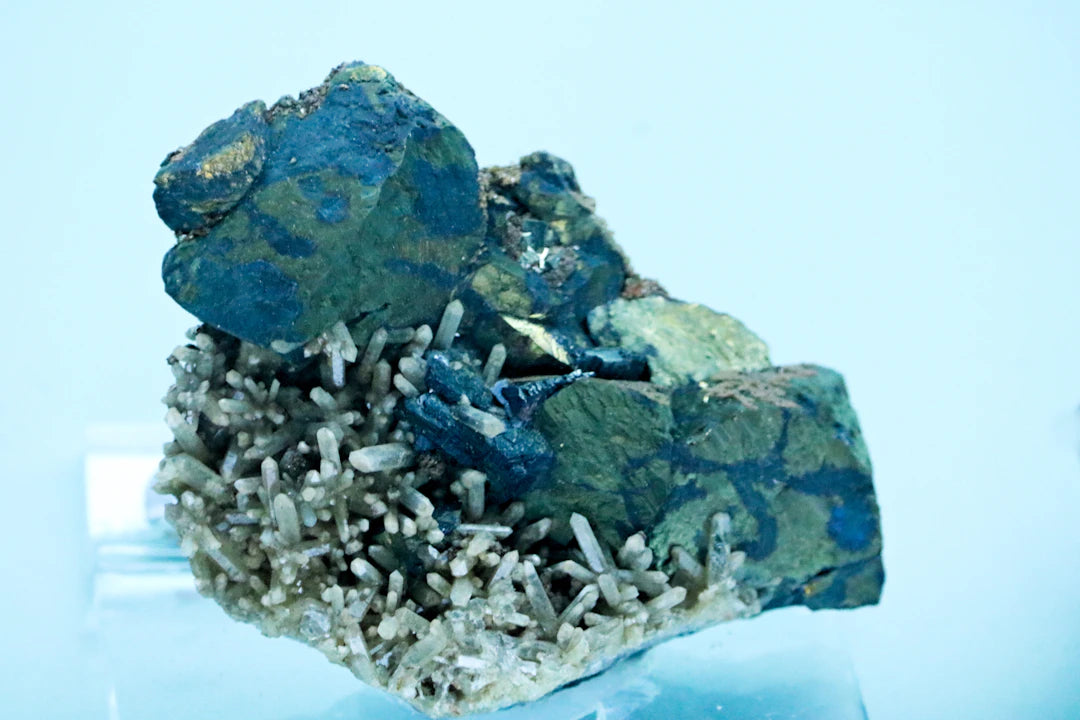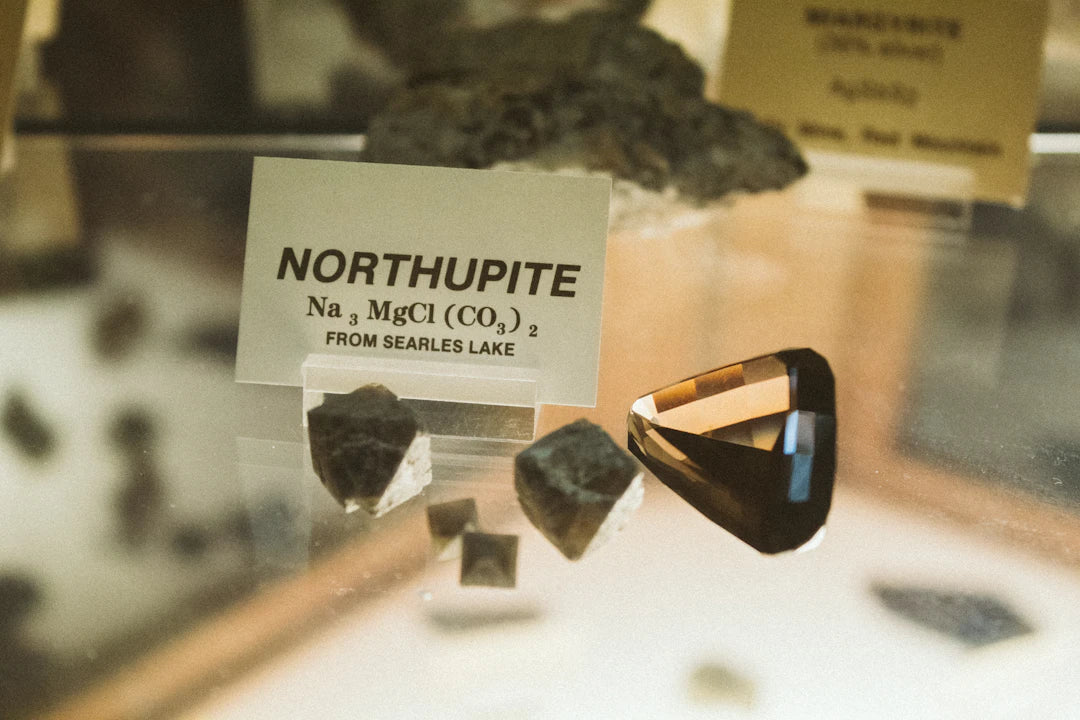
The Science Behind Meteorites: Discover Their Unique Magic
Overview
Meteorites are fascinating space rocks that survive their journey through Earth's atmosphere. They come in three main types: stony, iron, and stony-iron, each offering unique scientific insights and aesthetic appeal. Collecting meteorites is a rewarding hobby that requires research, networking, and proper preservation methods. This article explores what meteorites are, their journey to Earth, how to identify them, and tips for starting and maintaining a collection, highlighting their significance in both science and history.
Frequently Asked Questions
1. What are meteorites?
2. What are the main types of meteorites?
3. How can I identify a meteorite?
4. Why are meteorites considered special?
5. What should I consider when starting a meteorite collection?
Meteorites have always captured the imagination of people across the globe. With their mysterious origins and the possibility of extraterrestrial encounters, these cosmic rocks hold immense fascination for scientists and hobbyists alike. In this article, we will explore the science behind meteorites, uncovering what makes them special and why they are highly sought after by collectors and enthusiasts. Whether you’re a seasoned meteorite aficionado or a curious newcomer, you'll find valuable insights into the world of these celestial wonders.
What Exactly Are Meteorites?
Meteorites are space rocks that have survived their fiery journey through Earth’s atmosphere. When a meteoroid—generally considered to be a smaller fragment of an asteroid or other celestial body—enters the atmosphere, it becomes a meteor. A meteor is the streak of light caused by the intense heat generated by the friction of the meteoroid against the air. If this meteoroid successfully reaches the ground without disintegrating, it transforms into a meteorite.
Types of Meteorites
Meteorites are classified into three primary categories based on their composition: stony meteorites, iron meteorites, and stony-iron meteorites. Each type possesses unique properties and offers distinct insights into our universe.
- Stony Meteorites: These are the most common meteorites, making up about 94% of all specimens. Composed primarily of silicate minerals, stony meteorites can further be divided into two subcategories: chondrites and achondrites. Chondrites contain small spherical particles called chondrules, while achondrites do not.
- Iron Meteorites: Comprising about 5% of meteorites, iron meteorites are primarily made of iron and nickel. Their metallic composition makes them much denser than stony meteorites. Many iron meteorites originate from the cores of differentiated asteroids, providing insights into the internal structure of these celestial bodies.
- Stony-Iron Meteorites: Making up less than 1% of meteorites, this type contains both silicate minerals and metal. They are further divided into pallasites (which contain olivine crystals in an iron-nickel matrix) and mesosiderites (which are mixed with metallic and silicate materials).
The Journey of a Meteorite
The journey of a meteorite begins in the vastness of space, often within the asteroid belt between Mars and Jupiter, where countless fragments orbit the Sun. Some of these fragments might collide with one another, forming smaller meteoroids, which can then be flung out of the asteroid belt and towards Earth’s orbit. Over millions of years, various forces and interactions shape these meteoroids, some of which will ultimately fall to Earth as meteorites.
Entering Earth’s Atmosphere
When a meteoroid approaches Earth, it enters the atmosphere at incredible speeds—typically between 25,000 to 160,000 miles per hour. At such high velocities, the meteoroid experiences rapid heating due to friction with air molecules. This process creates a spectacular light show, commonly referred to as a "shooting star" or meteor. However, most meteoroids disintegrate completely before they reach the ground due to the intense heat and pressure.
Survival and Impact
Only a small fraction of meteoroids survives the descent, landing as meteorites. The size, speed, and composition of the meteoroid, as well as atmospheric conditions, play critical roles in its ability to endure the descent. Larger meteoroids have a greater chance of survival, and those with a metallic composition are also more resilient against the atmospheric forces they encounter.
Why Are Meteorites So Special?
From scientific relevance to aesthetic appeal, meteorites are cherished by collectors and researchers alike. Below are some reasons why these celestial artifacts are considered extraordinary:
Scientific Insights
Meteorites provide invaluable information about the early solar system and the processes that shaped it. By studying meteorite composition, scientists can gain insights into the formation of planets, the differentiation of celestial bodies, and even the origins of life. For example, some meteorites contain organic compounds, which have sparked discussions about the possibility of extraterrestrial life.
Historical Tales
Throughout history, meteorites have often been mistaken for omens or divine messages. Many cultures have revered these cosmic stones, incorporating them into religious practices or as symbols of significance. The stories they carry from ancient times further enhance their appeal and value in the eyes of collectors.
Unique Aesthetic Qualities
Meteorites often exhibit striking visual characteristics, including unique surface textures, patterns, and colors. The subtle sheen of iron meteorites or the intricate crystalline structures in stony-iron meteorites can make them beautiful decorative pieces. As a result, many collectors seek meteorites not only for their scientific value but also for their aesthetic charm.
How to Identify Meteorites
Identifying a meteorite can be both exciting and challenging. Here are some features and tests that can help confirm whether a specimen is indeed a meteorite:
- Magnetism: Most meteorites, especially iron meteorites, are magnetic. Use a strong magnet to see if your specimen is attracted to it.
- Fusion Crust: The exterior of a meteorite often has a dark, glassy coating known as fusion crust, formed during its fiery transit through the atmosphere. Look for a thin, smooth layer on the surface.
- Regmaglypts: These are thumbprint-like indentations on the surface of a meteorite, formed as it travels through the atmosphere.
- Weight: Meteorites tend to be significantly heavier than ordinary rocks due to their metal content. Compare the weight of your specimen to common terrestrial rocks.
- Interior Features: If you can examine the inside of a potential meteorite, look for chondrules or other distinctive microscopic features.
Seek Professional Help
If you suspect you've found a meteorite, it's essential to seek expert verification. Many universities and museums have resources for identifying and classifying meteorites. Engaging with the scientific community enhances your knowledge and helps preserve these valuable specimens.
The Exciting World of Meteorite Collecting
Meteorite collecting has become a popular hobby for many. But before diving in, prospective collectors should consider several aspects to ensure their experience is rewarding and fulfilling:
Research and Education
Understanding the different types of meteorites and their characteristics is crucial for budding collectors. Investing time in research—through books, online forums, and academic journals—can provide valuable insights and help avoid counterfeit specimens.
Building a Collection
When starting your meteorite collection, consider focusing on a particular type or region. Some collectors may choose to collect only stony meteorites, while others may seek to obtain meteorites from specific falls or locations worldwide. This focused approach will help you build a meaningful collection that reflects your interests.
Networking with Other Collectors
The meteorite collecting community is vibrant and enthusiastic. Connecting with fellow collectors through online platforms, social media groups, or local clubs can foster friendships and offer opportunities to learn more about meteorites, trade specimens, or attend events. Collaborating with others can enhance your collecting experience.
Preserving Your Meteorite Collection
Once you start building your meteorite collection, proper care and preservation become essential to maintaining the value and integrity of your specimens. Here are some tips:
- Storage: Keep your meteorites in a cool, dry environment to prevent any moisture damage. Consider using display cases or protective enclosures that prevent exposure to air.
- Documentation: Keeping detailed records of each specimen, including its classification, origin, and purchase details, adds value and aids in tracking your collection over time.
- Handling: Limit handling to avoid damage. When you do handle them, make sure your hands are clean and, if possible, wear gloves to prevent oils from your skin from transferring to the meteorite's surface.
A Cosmic Connection
Meteorites not only connect us to the universe but also inspire awe and curiosity about our place within it. Each meteorite carries a story of its journey through space and time, serving as a tangible reminder of the cosmos’ complexities and wonders. As we continue to explore these celestial artifacts, we unravel the mysteries held within them, creating an ever-deepening bond between humanity and the vast universe that surrounds us.
Embracing the magic of meteorites enriches our understanding of the cosmos while providing lasting joy for collectors and enthusiasts. Whether you own a piece from a famous fall, an obscure find, or simply appreciate their scientific and aesthetic beauty, meteorites remind us that we are part of something much larger than ourselves.

